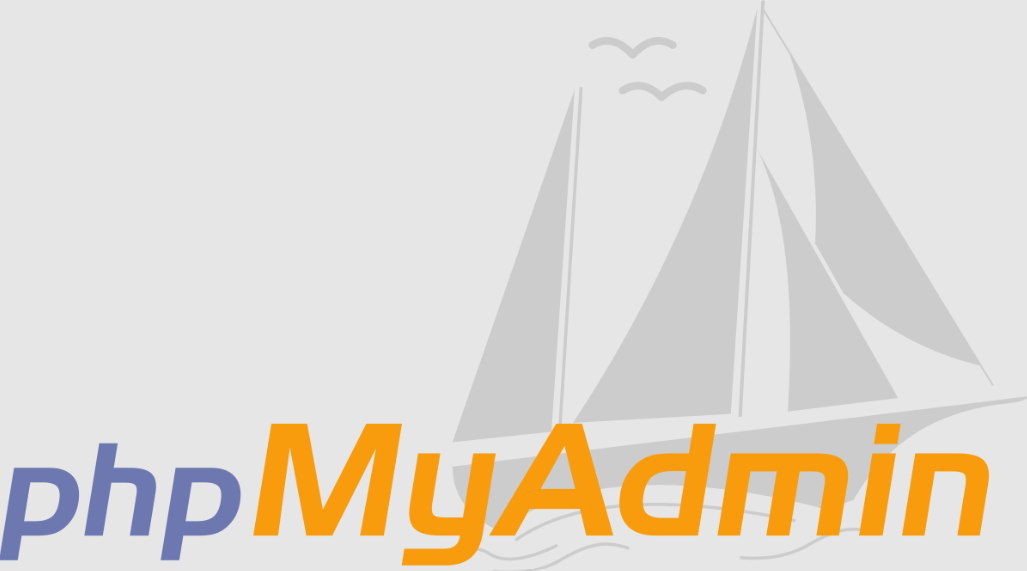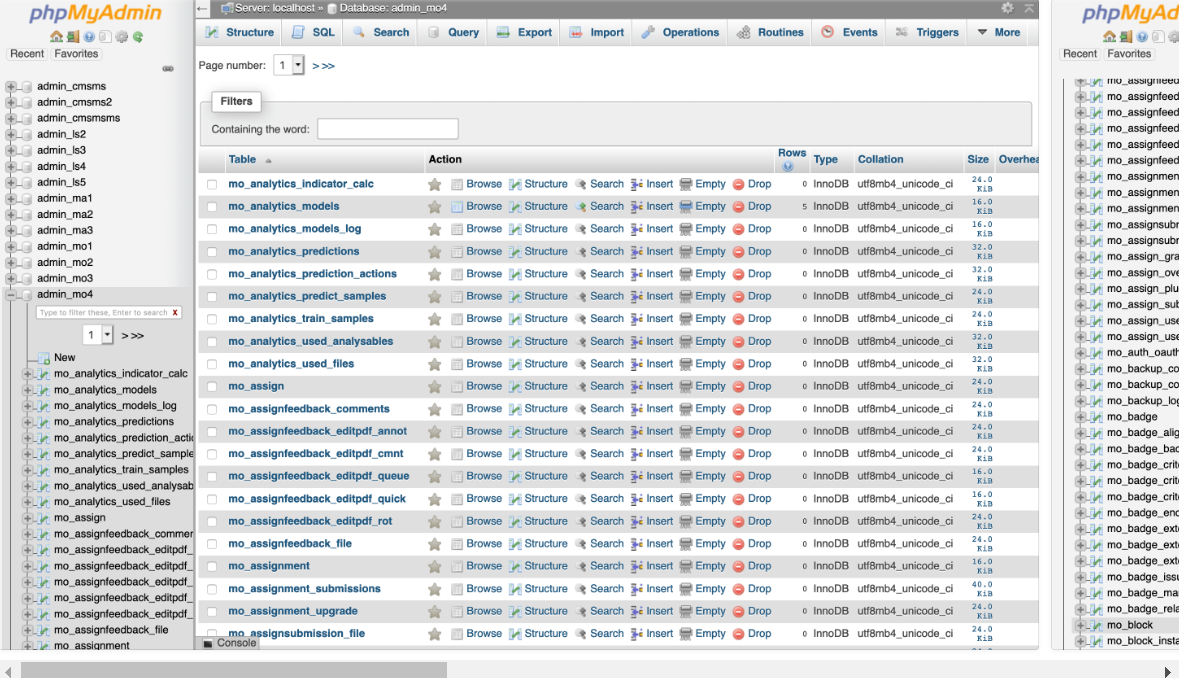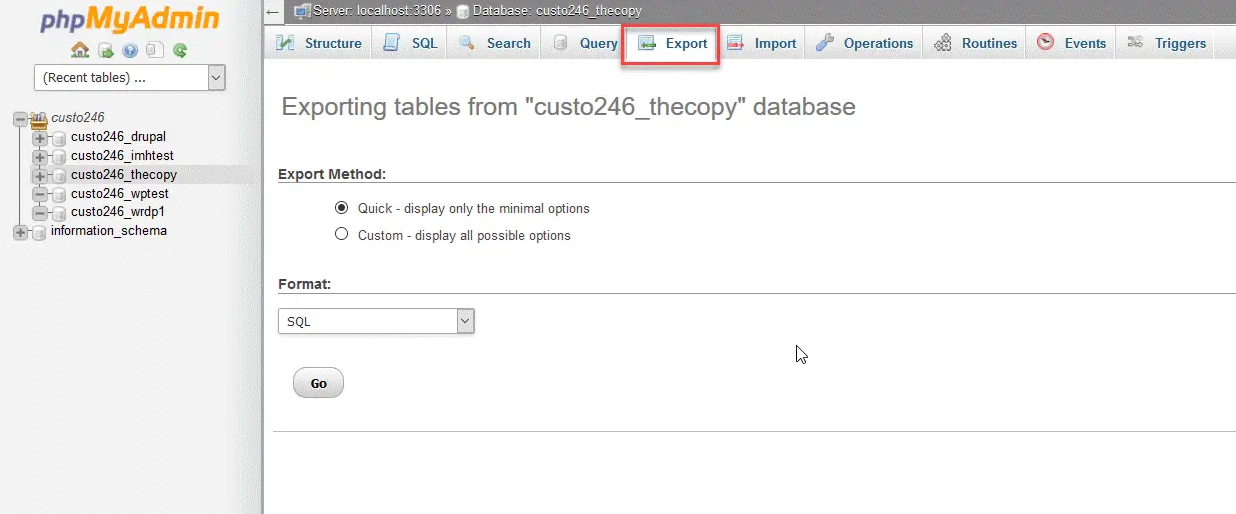In the present high-speed and interconnected world, a joint effort is critical to the outcome of any undertaking. Concerning managing databases, collaboration, and participation are fundamental to guaranteeing proficiency and accuracy. One tool that works with cooperative database administration is phpMyAdmin.
This electronic application permits numerous clients to cooperate on information base assignments, making it more straightforward to smooth out processes and further develop correspondence among team members. In Offshorededi’s today’s blog post, we will investigate the craft of cooperation in database administration utilizing phpMyAdmin and how it can help your association.
Understanding phpMyAdmin and Its Role in Database Management
phpMyAdmin stays as a source of perspective point for regulating MySQL and MariaDB data sets, offering a wide set-up of gadgets encased by a simple to-utilize interface. It is applauded for democratizing data set organization, making it open to clients of moving expertise levels, from students to arranged information base chairmen. This openness is huge in a helpful environment, where different partners can work together with the data set at different degrees of intricacy.
At its center, phpMyAdmin works with an expansive range of database exercises. Clients can easily make, change, and erase databases and tables. It improves the execution of SQL queries, empowering both the creation of complicated queries manually and the usage of underlying tools for those less acquainted with SQL syntax. The capacity to import and produce information in numerous arrangements outfits groups with the adaptability to share information proficiently, is fundamental for cooperative activities where data exchange is regular.
What separates phpMyAdmin in a cooperative setting is its powerful user management system. Administrators can tailor client encounters by appointing specific permissions, guaranteeing that colleagues access just the information they need for their tasks. This granularity not only upgrades security by sticking to the rule of least honor but also smoothes out work processes, as superfluous data don’t overpower clients.
Furthermore, phpMyAdmin’s support for multiple users concurrently accessing the database introduces a collaborative dynamic not readily achievable with more basic tools. Teams can co-edit tables, review query results in real time, and collectively refine database schemas. This simultaneous access encourages a more agile and iterative approach to database management, where decisions can be made collectively and swiftly implemented.
In embracing phpMyAdmin for database administration, associations open a strong partner in cultivating joint effort. It rises above being only a tool for database collaboration; it turns into a platform for information sharing, joint critical thinking, and encouraging a culture of aggregate responsibility for trustworthiness and security. Through its extensive list of capabilities and client-driven plan, phpMyAdmin assumes a significant part in empowering groups to deal with their databases all the more successfully and cooperatively.
Setting Up phpMyAdmin for Collaborative Use
Embarking on the journey of setting up phpMyAdmin for collaborative use begins with ensuring the platform is installed on a suitable web server. This foundational step is critical as it establishes the environment where your team will unite their efforts in managing databases. Once the installation process is complete, the next pivotal move involves the careful creation of user accounts for each team member. This process is not merely about granting access but tailoring the phpMyAdmin experience to fit the unique needs and roles within your team.
Relegating specific permissions is a nuanced task that requires smart thought of each colleague’s liabilities and the degree of access they need to successfully satisfy their job. This might range from basic viewing rights to more complex permissions like editing or managing database structures. By designing these consents with accuracy, you make a protected and proficient work area that cultivates efficiency without compromising the uprightness and security of your information bases.
The cycle likewise incorporates setting up a construction for a joint exertion that empowers consistent association and choice creation among partners. This incorporates concluding how clients will share, study, and change data sets and tables agreeably, ensuring that the plan maintains the gathering’s work cycle and undertaking necessities.
It is also essential to consider the scalability of your phpMyAdmin setup. As your team or projects grow, your collaborative environment should be able to adapt, accommodating more users, databases, or even more intricate permission settings without hindering performance or usability.
Lastly, educating your team on the functionalities and best practices of using phpMyAdmin is invaluable. A brief training session or a repository of resources can empower team members, enhance their productivity, and ensure they are making the most out of the collaborative features available in phpMyAdmin.
By fastidiously following these steps, you establish a hearty foundation for your group to cooperatively oversee databases with phpMyAdmin, making way for upgraded productivity, security, and collaboration.
Navigating the phpMyAdmin Interface Together
The phpMyAdmin interface is a gateway for teams to collaboratively dive into database management with unparalleled synergy. Its design caters to both seasoned database professionals and those less familiar with SQL, making it an inclusive tool for diverse teams. As collaborators venture through phpMyAdmin’s dashboard, they encounter a landscape where databases and tables are easily accessible, and SQL queries can be crafted and executed with precision. This shared digital environment fosters a dynamic where decision-making and database modifications can occur in real time, propelled by direct communication among team members.
One of the most compelling aspects of working within phpMyAdmin is the ability to collectively view and manipulate data. Whether it’s refreshing records, investigating and analyzing query results, or troubleshooting mistakes, the promptness with which these activities can be taken upgrades the group’s capacity to answer difficulties and opportunities. This constant communication isn’t just proficient but additionally fills in as an opportunity for growth, as colleagues can share bits of knowledge and procedures on the fly.
The interface further supports joint effort by highlighting permits for the execution of SQL inquiries by multiple clients. This functionality speeds up the advancement interaction as well as energizes peer review and aggregate critical thinking. When a team member crafts a complex query, others can easily review, suggest modifications, or learn from the techniques used. This collaborative spirit is at the heart of phpMyAdmin’s design philosophy, making it a potent tool for teams aiming to optimize their database management practices.
Moreover, phpMyAdmin is equipped with visual tools that aid in understanding database structures and relationships at a glance. These graphical representations can be invaluable during team discussions, providing a common visual language for conceptualizing and planning database schemas. As team members navigate through these visual aids, the collaborative potential of phpMyAdmin becomes even more evident, bridging the gap between technical detail and strategic planning.
In navigating the phpMyAdmin interface together, teams unlock a collaborative powerhouse, where knowledge sharing, real-time problem solving, and collective decision-making thrive, underpinning the success of their database management endeavors.
Managing User Permissions for Effective Collaboration
In the realm of collaborative database management with phpMyAdmin, one critical aspect that demands careful attention is the management of user permissions. The platform’s comprehensive permission framework serves to protect database security while advancing a climate where colleagues can play out their duties successfully. Through the judicious assignment of permissions, administrators have the power to delineate access levels tailored to the specific roles and requirements of each team member. This nuanced approach ensures that individuals are equipped with the necessary permissions to contribute productively without exposing the database to undue risk.
At the heart of this process is the principle of least privilege, a security best practice that advocates for granting users the minimum level of access required to accomplish their tasks. Implementing this principle within phpMyAdmin involves a detailed analysis of team roles and the consequent assignment of permissions that align with each role’s responsibilities. For instance, a team member tasked with data analysis might require read-only access to certain tables, whereas a database administrator would necessitate broader permissions to modify schema or manage user accounts.
Navigating the complexities of user permissions in phpMyAdmin also entails the establishment of a robust framework for managing changes. This incorporates setting up mechanisms for following who made specific modifications, when these changes were performed, and the effect on the database. Such a system upgrades responsibility inside the team as well as adds to a more organized and straightforward cooperative climate.
Moreover, revisiting and adjusting permissions periodically is crucial to adapt to evolving project needs and team dynamics. As projects progress and colleagues’ jobs evolve, their access requirements might change, requiring updates to their consents. Consistently looking into and refreshing permissions guarantees that the database remains secure, while additionally obliging the liquid idea of cooperative work.
Generally, overseeing client permissions inside phpMyAdmin is a delicate balancing exercise that requires foreknowledge, accuracy, and flexibility. By embracing these practices, groups can manufacture a cooperative space that maintains the best expectations of database security and proficiency.
Sharing and Exporting Data Among Team Members
Facilitating seamless collaboration among team members, phpMyAdmin equips users with robust data sharing and exporting functionalities that are pivotal for efficient database management. The platform’s ability to export databases or tables into various formats—including SQL, CSV, PDF, and XML—streamlines the process of sharing critical data sets both within the team and with external stakeholders. This feature not only enhances collaborative efforts but also ensures that the integrity of the data is maintained across different working environments.
phpMyAdmin’s export options are designed with flexibility in mind, allowing users to select specific data segments for export based on their current project requirements. This implies that groups can tailor the data packets they share, zeroing in just on applicable data, consequently streamlining correspondence and workload distribution. Moreover, the stage supports server directories, enabling scheduled backups or data sharing without manual intervention, a feature that is invaluable for maintaining up-to-date collaborative environments.
Importantly, phpMyAdmin’s interface simplifies the export process, making it accessible even to those with minimal technical expertise. The guided instructions guarantee that information is precisely ready for export, with choices to modify and customize the result arrangement and pressure to suit different task needs. Also, while managing huge datasets, phpMyAdmin gives mechanisms to segment exports, reducing the risk of system overload and ensuring that data transfers are both efficient and reliable.
Incorporating phpMyAdmin’s data sharing and exporting capabilities into daily collaborative workflows encourages a culture of openness and accessibility among team members. By utilizing these tools, groups can successfully deal with their databases, guarantee steady information accessibility, and cultivate a cooperative climate that flourishes with shared information and assets. In doing so, phpMyAdmin fills in as a tool for database administration and as an impetus for group union and project achievement.
Best Practices for Collaborative Database Management in phpMyAdmin
To lift the viability of your group’s database management efforts through phpMyAdmin, embracing a bunch of best practices is pivotal. First and foremost, encouraging a climate of open correspondence is indispensable. Ordinary and straightforward conversations about database administration assignments, difficulties, and procedures help align team efforts and avoid misunderstandings.
Allocating clear jobs and obligations is another key practice. This guarantees that each colleague knows their specific duties, reducing redundancy and enhancing efficiency.
It likewise makes the administration of client consents smoother, as jobs can straightforwardly correspond with the entrance levels and authorizations doled out inside phpMyAdmin. Executing a vigorous framework for routinely backing up the information base couldn’t possibly be more significant.
It protects against information deletions because of unanticipated occasions and guarantees that the group can recuperate rapidly, saving time. This lesson is urgent in keeping up with the coherence and respectability of your database. The documentation assumes a basic part in cooperative conditions. Keeping up with all of the records of database changes, refreshes, and the reasoning behind them gives a significant reference to the group.
This works with responsibility as well as helps in investigating and figuring out the advancement of the database over the long run. Integrating these practices into your group’s standard braces your cooperative endeavors in phpMyAdmin, making your database administration process more smoothed out, secure, and successful.
By guaranteeing that each colleague is very much educated, obviously centered around their jobs, and working inside an irrefutable and consistently supported database climate, you set up for a fruitful and durable cooperative undertaking.



